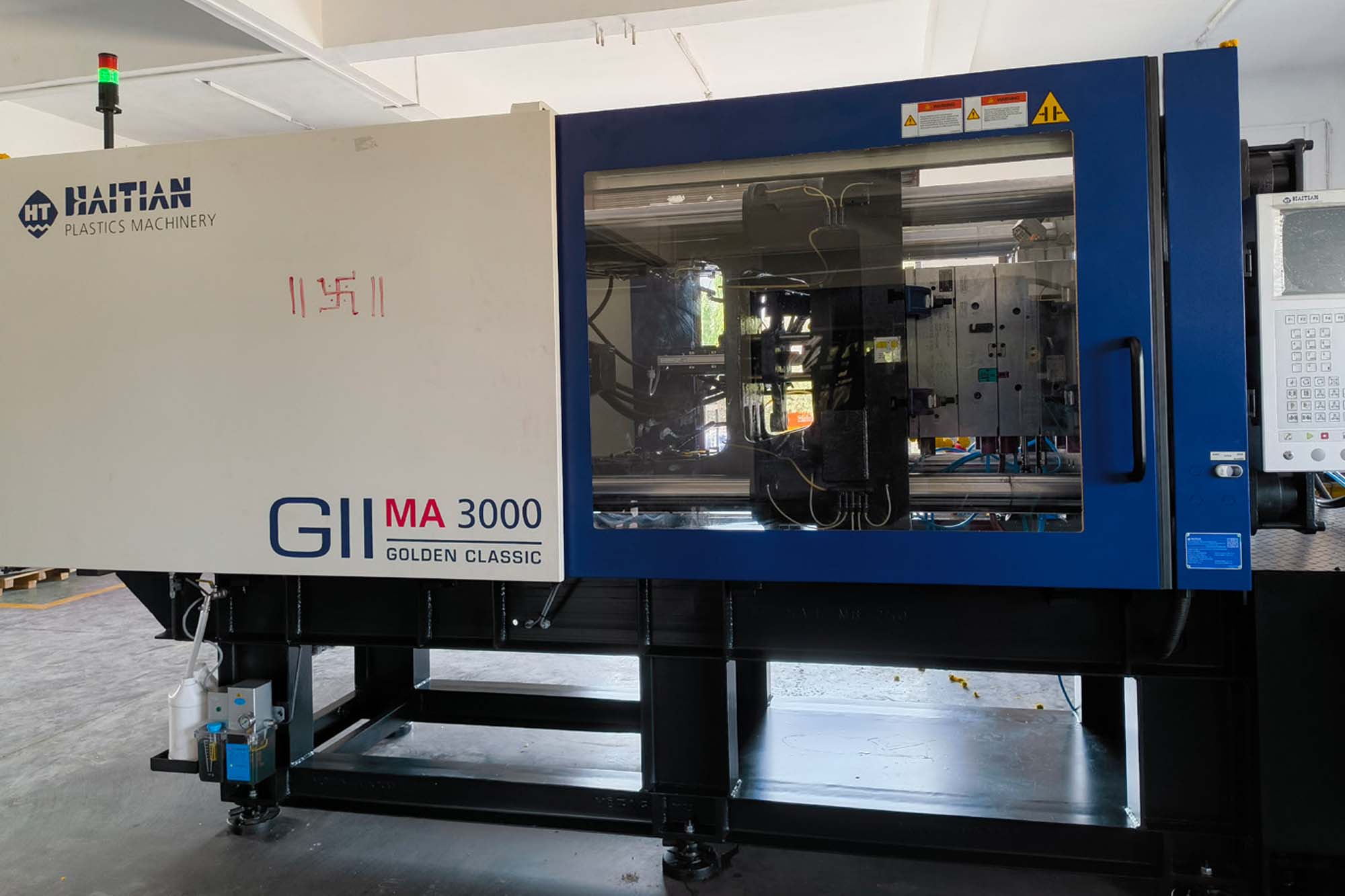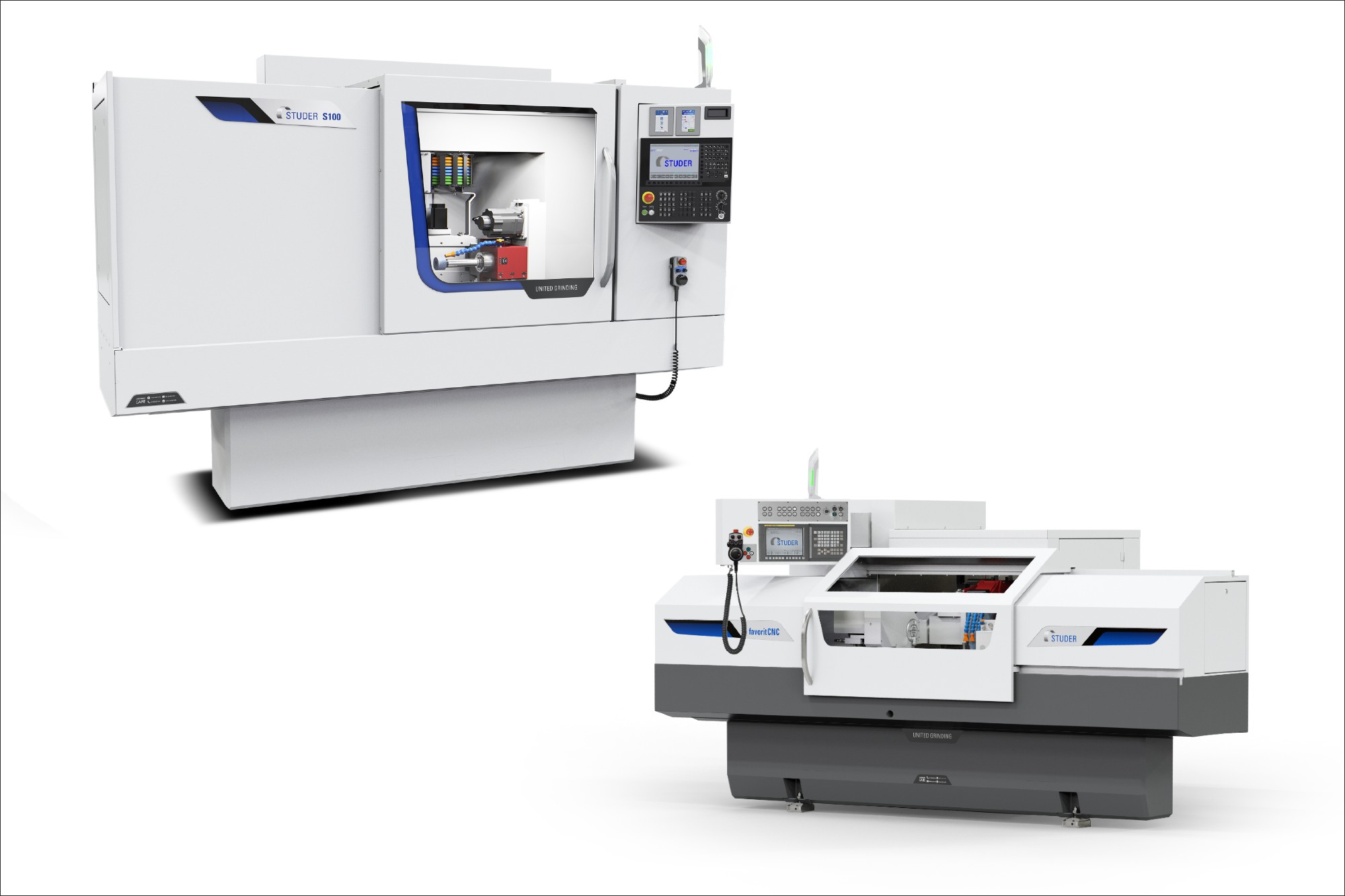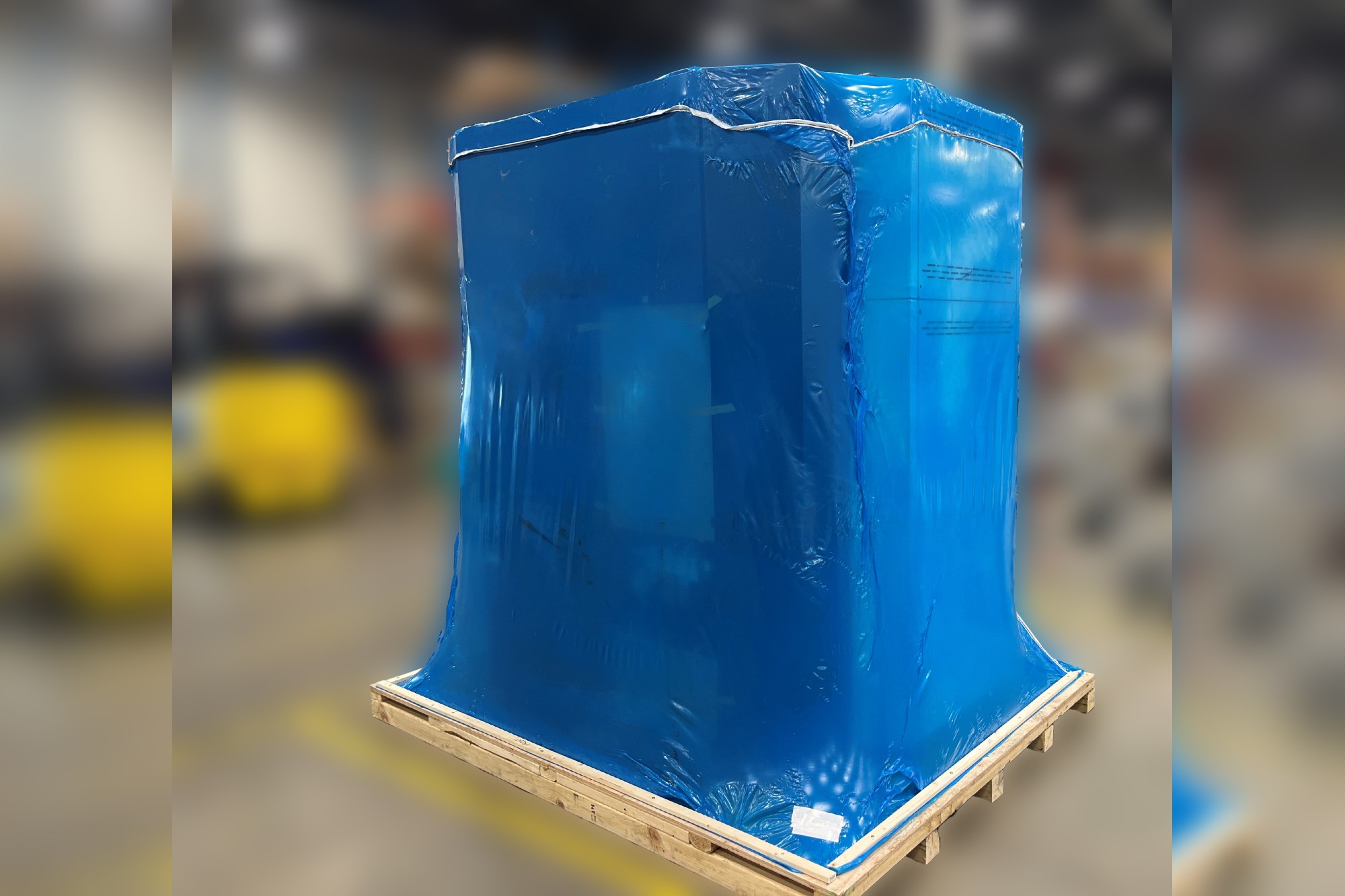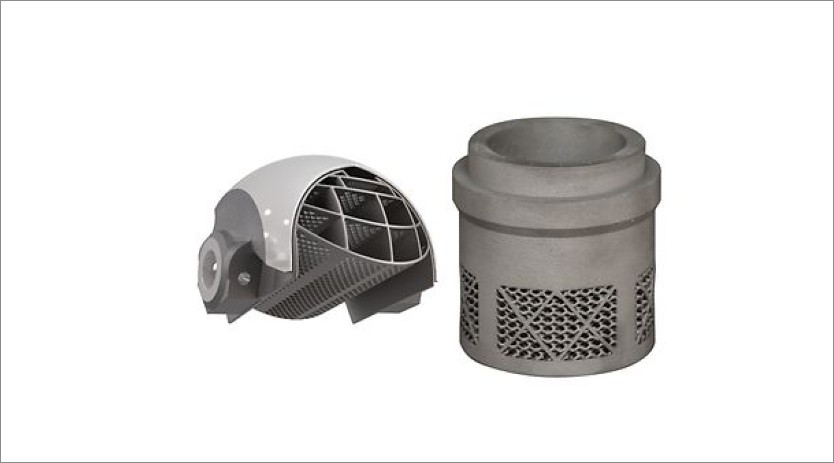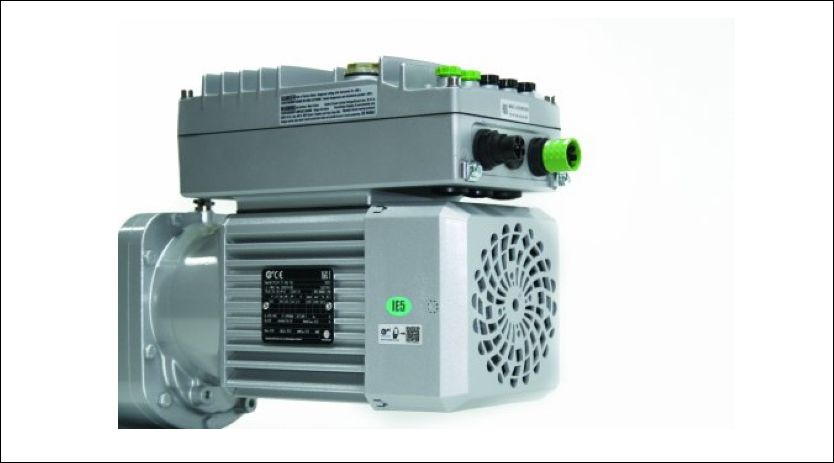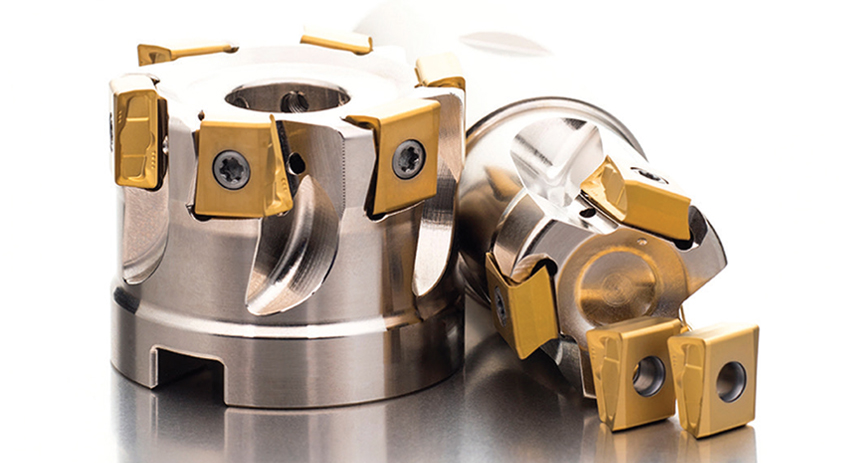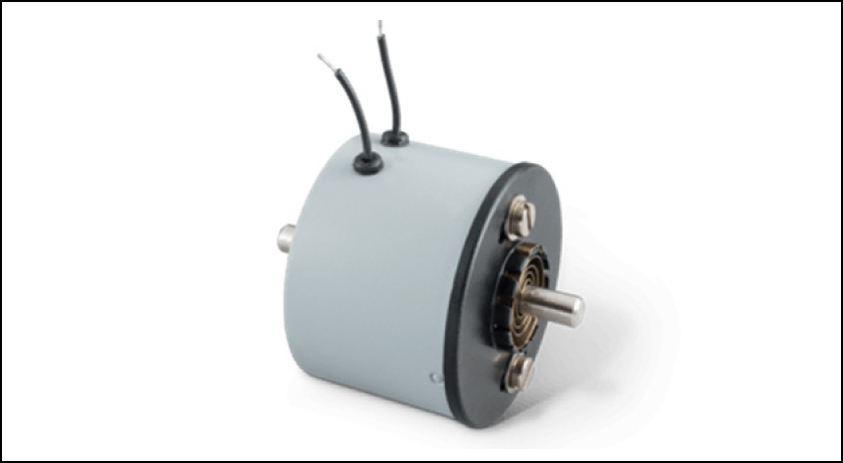Couplings for Servo Drives [Apr 2012]
By admin April 10, 2012 6:31 am IST
No matter whether feed drives in machine tools, gantry robots or other handling units are concerned: accurate positioning as well as high dynamics is vital with these units driven by servo motors. The selection of the right coupling has a decisive influence on the characteristics of the entire system.
KTR offers three different types of backlash-free couplings: backlash-free jaw couplings, steel lamina couplings and metal bellow-type couplings. The backlash-free, torsionally flexible system ROTEX® GS has proven its worth for such drives over many years and can be characterized as the standard in the range of positioning technology.
Both metal bellow-type couplings and steel lamina couplings such as the types TOOLFLEX® and RADEX® NC have a torsional stiffness which is up to 10 times higher than that of the backlash-free, but torsionally flexible ROTEX® GS system. Numerous successful applications in the field and recommendations by various manufacturers of servo motors prove that the low torsional stiffness of ROTEX® GS is not a disadvantage in most cases. The project manuals of these manufacturers do recommend ROTEX® GS to realize „optimum characteristics on the driven side” or avoid “mechanical disturbing vibrations”.Overall stiffness is decisiveThe overall stiffness of the linear system is important for the user. Since individual components arranged in a series are concerned here, the stiffness depends on the weakest part. We do not want to describe the relatively complex calculation of stiffness in detail here. Anyway, the comparison in Figure 4 shows the influence of different coupling systems on the overall system taking a recirculating linear drive as an example.Example: Direct recirculation linear driveWe calculated a recirculating linear drive with a ball spindle of 800 mm, an incline of 10 mm and a simple solid bearing. For the calculation the stiffness figures of all driven components (coupling, spindle, spindle bearing and spindle nut) were taken into account. The result of the calculation which might be surprising was as follows: Using the torsionally flexible ROTEX® GS results in a total stiffness of 296 Nm/rad, while using the torsionally stiff TOOLFLEX® S results in a total stiffness of 308 Nm/rad. This can be explained as follows: Although the stiffness of TOOLFLEX® S is about 600 per cent higher than that of ROTEX® GS, the difference in the overall stiffness is approx. 4 per cent only. Even if both the dimensions of the spindle (diameter, length, incline) and position of the bearings have an influence on the overall stiffness, the comparison clearly shows that ROTEX® GS is definitely suitable for this application, also as a coupling that is not torsionally rigid (Figure 5).
Cookie Consent
We use cookies to personalize your experience. By continuing to visit this website you agree to our Terms & Conditions, Privacy Policy and Cookie Policy.




